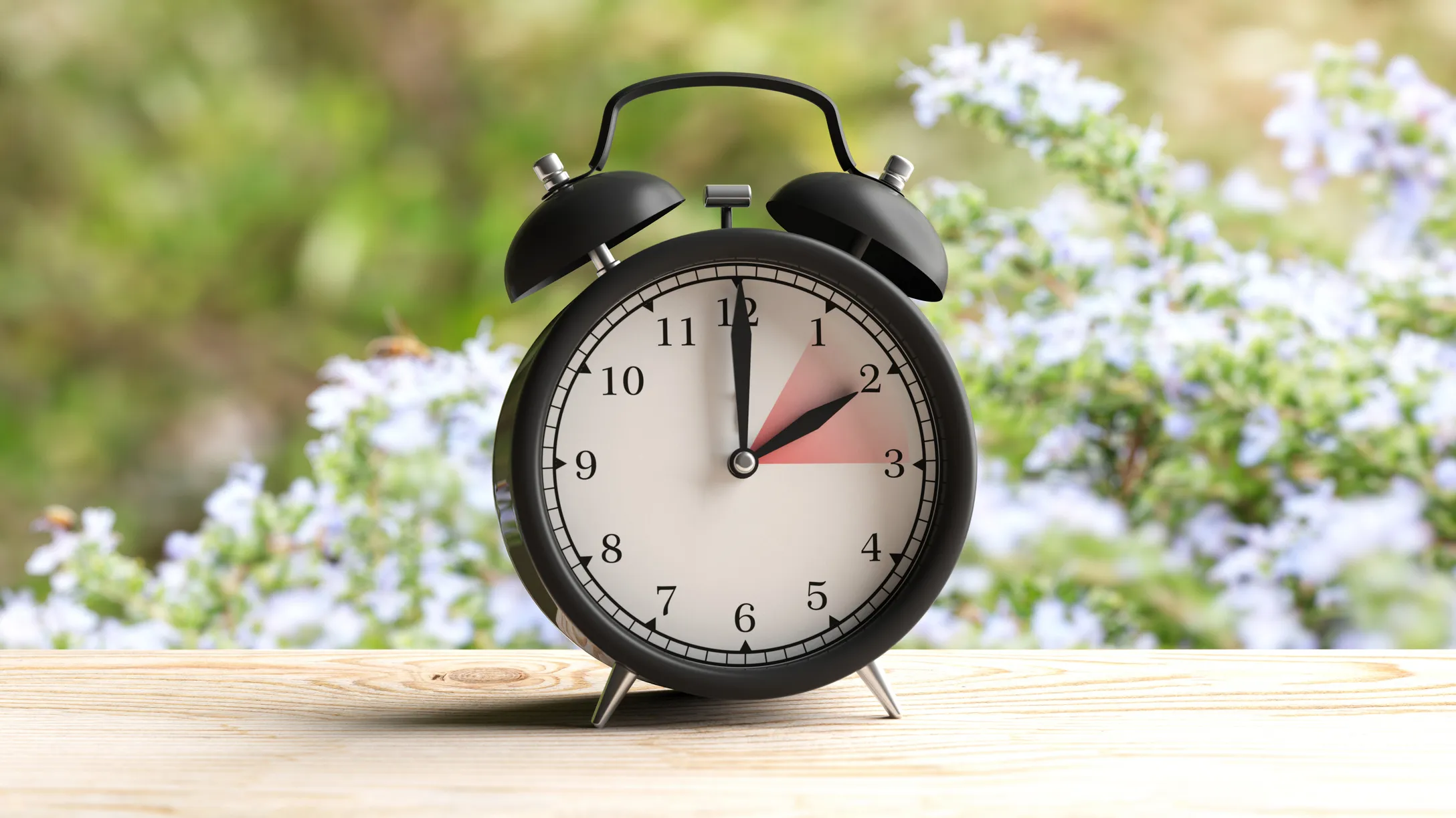Daylight Saving Time: Does It Still Make Sense?

Every March, most Americans lose an hour of sleep as they 'spring forward' into Daylight Saving Time. But is this biannual ritual actually beneficial, or is it just an unnecessary disruption?
The Dive
Twice a year, millions of Americans shift their clocks forward or back, adjusting their schedules for Daylight Saving Time (DST). First introduced during World War I to conserve fuel, DST has become a seasonal tradition—but one that many believe has outlived its usefulness.
The idea of adjusting time for better daylight usage dates back to 1895, when New Zealand entomologist George Vernon Hudson proposed a seasonal time shift. The concept gained traction with British businessman William Willett, who wanted people to enjoy more sunlight in the evenings. But it wasn’t until Germany and Austria implemented the policy in 1916—during World War I—that governments began using DST to conserve energy.
The United States first adopted DST in 1918 but repealed it in 1919 due to public opposition. It returned during World War II and remained a patchwork policy until 1966, when Congress passed the Uniform Time Act to standardize it nationwide. Over time, the start and end dates have shifted, with the most recent change occurring in 2007, extending DST from March to November.
While energy conservation was one of the primary justifications for DST, modern studies show that its impact on electricity usage is minimal—if anything, it may increase energy consumption. While less lighting may be needed in the evenings, studies suggest that extended daylight hours encourage more air conditioning use, canceling out potential savings.
Beyond energy, DST has measurable effects on human health. Studies have linked the time change to an increase in car accidents, heart attacks, and sleep disturbances. The abrupt shift in sleep patterns disrupts circadian rhythms, leading to grogginess and decreased productivity. In contrast, proponents argue that more daylight in the evening reduces crime rates and encourages outdoor activities, potentially improving mental health.
The debate over DST is not just scientific—it’s political. In 2022, the U.S. Senate unanimously passed the Sunshine Protection Act to make DST permanent, but the House failed to vote on it. In 2023, a bipartisan group of lawmakers reintroduced the bill, reviving the conversation about whether clock changes should end once and for all.
Currently, two U.S. states—Hawaii and most of Arizona—opt out of DST and remain on standard time year-round. Other states have passed resolutions to eliminate the clock change, but federal approval is required to make the shift permanent.
While some lawmakers have shown support for ending DST, the future of timekeeping in America remains uncertain. Will the country finally put an end to springing forward and falling back, or will the twice-yearly time shift persist?
Why It Matters
The twice-yearly clock change affects millions of Americans, yet its benefits remain unclear. While some argue that DST improves public safety and boosts the economy, others highlight its negligible energy savings and negative health effects. With lawmakers debating the future of DST, understanding its history and impact is crucial. Should we stick with tradition, or is it time to rethink how we set our clocks?
?
What are the main arguments for and against Daylight Saving Time?
Why do some states choose not to observe Daylight Saving Time?
How does the time change impact public health and safety?
What would happen if the United States made Daylight Saving Time permanent?
Why do some politicians support ending the time change while others want to keep it?
Dig Deeper
Twice a year, lots of people around the world move their clocks backward or forward, wreaking havoc on mornings across the globe! Buy why? What’s the point of Daylight Savings??
Every year, hundreds of millions of people voluntarily turn their lives upside down by setting their clocks forward one hour in the spring and back one hour in the autumn on a particular date mandated by the government wherever they happen to live.
Related

Tariffs: Winners, Losers, and the Ripple Effects
Tariffs are often used to protect domestic industries, but they also come with consequences—higher prices, trade disputes, and economic uncertainty. Who benefits, and who bears the cost?

The Building Blocks of a Strong Argument
A solid argument isn’t just an opinion—it’s a claim backed by reasons, evidence, and a clear explanation that ties it all together.

Spotting Problems and Finding Solutions
Great entrepreneurs don’t just dream big—they notice everyday problems, ask smart questions, and design simple solutions that people actually want to use.
Further Reading
Stay curious!

